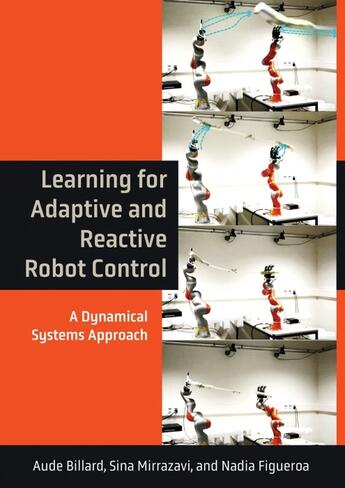-
Date de parution : 01/02/2022
-
Editeur :
Mit Press
-
EAN : 9780262046169
-
Série :
(-)
-
Support :
Papier
Résumé:
B>Methods by which robots can learn control laws that enable real-time reactivity using dynamical systems; with applications and exercises./b>br>br>This book presents a wealth of machine learning techniques to make the control of robots more flexible and safe when interacting with humans. It... Voir plus
B>Methods by which robots can learn control laws that enable real-time reactivity using dynamical systems; with applications and exercises./b>br>br>This book presents a wealth of machine learning techniques to make the control of robots more flexible and safe when interacting with humans. It introduces a set of control laws that enable reactivity using dynamical systems, a widely used method for solving motion-planning problems in robotics. These control approaches can replan in milliseconds to adapt to new environmental constraints and offer safe and compliant control of forces in contact. The techniques offer theoretical advantages, including convergence to a goal, non-penetration of obstacles, and passivity. The coverage of learning begins with low-level control parameters and progresses to higher-level competencies composed of combinations of skills.;br>;br>Learning for Adaptive and Reactive Robot Control;can be used in graduate-level courses in robotics, and, the chapters proceed from fundamentals to more advanced content. The first section presents an overview of the techniques introduced, including learning from demonstration, optimization, and reinforcement learning. Subsequent sections present the core techniques for learning control laws with dynamical systems, trajectory planning with dynamical systems, and methods for compliant and force control using dynamical systems. Each chapter describes applications, which range from arm manipulators to whole-body control of humanoid robots, and offers both pencil-and-paper and programming exercises. Lecture videos, slides, and MATLAB code examples are available on the authors website. An instructors-only website offers additional material.br>;
Donner votre avis














